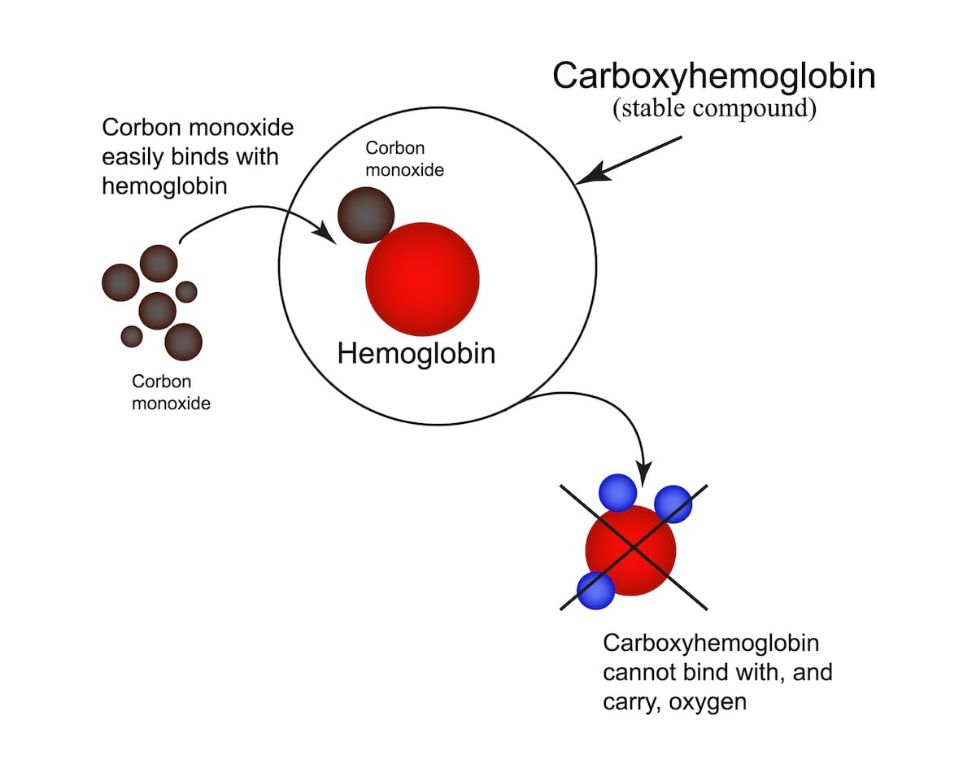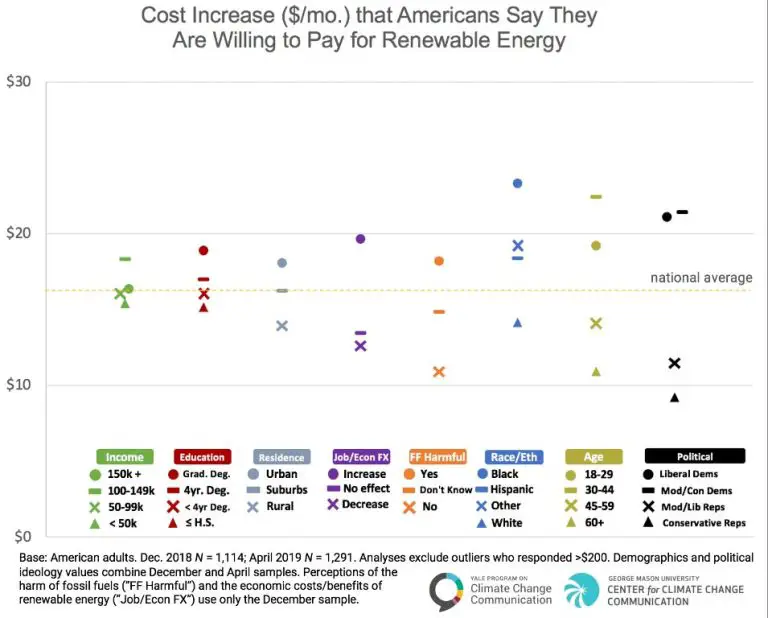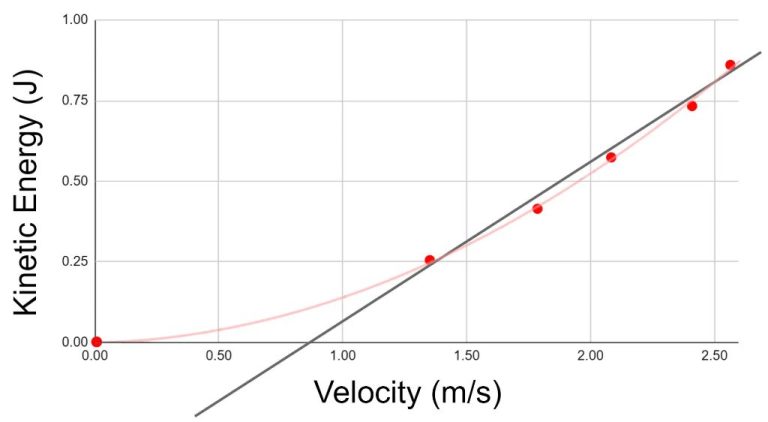How Does Carbon Affect Humans?
Carbon is a critical element found in all living things. It is the fourth most abundant chemical in the universe and a core component of organic molecules like proteins, carbohydrates, lipids, and nucleic acids. In the human body, carbon forms the basic structures of cells, tissues, and organs.
While carbon is essential to human life, changes in carbon levels or exposure to certain carbon-based compounds can significantly impact health. This article will explore the complex relationship between carbon and the human body. We’ll cover carbon’s vital role in biological processes as well as how excessive or inadequate carbon can cause harm. Understanding carbon’s effects helps us promote health through informed diet, lifestyle and environmental choices.
Carbon’s Role in the Human Body
Carbon is an essential element for human life, serving as a fundamental building block of biology. The human body contains approximately 18% carbon by mass, making it the second most abundant element in the body after oxygen.
The carbon atom has unique properties that allow it to form diverse molecules and compounds crucial for biological processes. Carbon can form stable bonds with itself and other elements like hydrogen, oxygen, nitrogen and sulfur. This enables carbon to serve as the backbone of many complex molecules like proteins, fats, carbohydrates, and nucleic acids.
Proteins, which make up skin, muscles, organs and other tissues, contain carbon in their amino acid subunits. The various fats and lipids that regulate metabolism and comprise cell membranes also rely on carbon. Carbohydrates including starches and sugars that provide energy are carbon-based. Even DNA and RNA —the genetic blueprints of life—consist of long chains of carbon-containing nucleotides.
In summary, carbon allows for the molecular diversity and complexity necessary to sustain human life. Its unique versatility as a building block makes carbon indispensable for the structure and function of the human body.
Carbon Dioxide and Oxygen Transport
Carbon dioxide (CO2) is generated as a byproduct of cells using oxygen for respiration. Over 90% of the CO2 in the body is carried by the biconcave disc-shaped red blood cells. CO2 diffuses into the red blood cells and reacts with water, catalyzed by the enzyme carbonic anhydrase, to generate bicarbonate ions and hydrogen ions. The hydrogen ions quickly bind to hemoglobin inside the cells while the bicarbonate ions diffuse back out into the blood plasma. This allows red blood cells to transport large amounts of CO2 efficiently.
As red blood cells circulate through capillary beds, the low partial pressure of CO2 causes the reaction to reverse – bicarbonate and hydrogen ions recombine to form CO2 and water. The CO2 then diffuses out of the red blood cells into adjacent tissues. At the same time, oxygen diffuses into the red blood cells and binds to hemoglobin for transport to tissues.
When the blood reaches the lungs, the high partial pressure of oxygen causes oxygen to detach from hemoglobin and CO2 to diffuse into the red blood cells. The CO2 is then exhaled out while oxygen is inhaled, allowing continuous transport and exchange of these key respiratory gases. This elegant carbon dioxide and oxygen exchange system mediated by red blood cells and hemoglobin is essential for delivering oxygen to tissues and removing CO2 waste.
Carbon Dioxide Buildup and Health
Carbon dioxide is a natural byproduct of the body’s metabolic processes. As we breathe in oxygen, we exhale carbon dioxide that our cells produce when burning energy from food. Normally, the respiratory system is able to get rid of excess carbon dioxide through exhalation. However, problems arise when carbon dioxide starts to build up faster than the body can eliminate it.
One of the main ways carbon dioxide buildup occurs is through rebreathing exhaled air. When exhaled air is trapped in an enclosed space, the concentration of carbon dioxide can quickly rise as it has nowhere to disperse. This is often seen in poorly ventilated indoor spaces, crowded areas, or if breathing is restricted by a mask or obstruction in the airways. As carbon dioxide levels increase, it can have detrimental effects on the body.
Excess carbon dioxide in the bloodstream leads to increased acidity, which disrupts the body’s normal pH balance. This triggers chemoreceptors that sense changes in blood chemistry. In response, the respiratory system tries to compensate by breathing faster and deeper in an effort to blow off more carbon dioxide. Symptoms like shortness of breath, headache, dizziness, and rapid breathing signify rising carbon dioxide levels.
If carbon dioxide continues accumulating faster than the body can get rid of it, it can cause more serious symptoms like confusion, tremors, unconsciousness, and even suffocation. This underscores the importance of proper ventilation, unobstructed breathing, and healthy respiratory function for maintaining normal carbon dioxide balance.
Carbon Monoxide Poisoning
Carbon monoxide (CO) is a poisonous gas that binds to hemoglobin in the blood, reducing the body’s ability to carry oxygen. When CO binds to hemoglobin, it forms a molecule called carboxyhemoglobin that prevents oxygen from binding. This essentially suffocates the body at a cellular level.

CO has an affinity for hemoglobin that is 200-250 times greater than oxygen. Just a small amount of CO can substantially reduce the amount of oxygen carried in the blood. At CO levels as low as 10%, the body experiences symptoms like headache, dizziness, and nausea. At levels above 50%, CO poisoning can be fatal.
The most common causes of CO poisoning are from inhaling exhaust fumes from vehicles, generators, gas-powered equipment, or fuel-burning appliances that are malfunctioning or used in improperly ventilated areas. Tobacco smoke also contains CO. The body has no natural mechanism to detect CO, so poisoning can occur gradually without symptoms until it reaches a critical level.
Treatment for CO poisoning involves administering 100% oxygen to help displace the CO on hemoglobin molecules. In severe cases, hyperbaric oxygen therapy may be used, where the patient breathes pure oxygen in a pressurized chamber. Preventing CO poisoning requires properly maintaining potential sources of CO, using generators/equipment outside, installing CO detectors, and avoiding smoking.
Dietary Carbon Intake
Carbon is an essential nutrient that humans need to obtain through their diet. The recommended daily intake for carbon is around 200-300 grams per day for adults. Carbon plays a crucial role in energy production and metabolism in the human body.
Most of the carbon we consume comes from carbohydrates, fats, and proteins in our food. Carbohydrates such as sugars and starches contain carbon as a central part of their molecular structure. When carbohydrates are broken down during digestion and metabolism, the carbon is released and utilized for energy production.
Both fats and proteins also contain carbon. Fatty acids are long chains of carbon atoms bonded to hydrogen atoms. Amino acids, the building blocks of proteins, have carbon atoms as part of their molecular backbone. Like carbohydrates, the carbon in fats and proteins is liberated during digestion and metabolism and used for energy.
The carbon that comes from our daily food intake ultimately ends up as part of carbon dioxide after being used for energy generation in our cells. The carbon dioxide is then exhaled as a waste product. The recommended daily carbon intake provides the amount of carbon needed to meet the body’s energy requirements.
Getting adequate carbon from a balanced diet is important for maintaining energy levels and body functions. Restricting carbohydrates or calories in general can potentially reduce carbon intake below optimal levels. Therefore, a diet that provides sufficient carbon is vital for overall health and wellbeing.
Environmental Carbon Exposure
Carbon emissions from human activities like burning fossil fuels have substantially increased the amount of carbon in the atmosphere. This carbon pollution leads to climate change and air pollution, both of which can negatively impact human health.
Rising global temperatures contribute to more frequent and intense heat waves, which can cause heat stroke and exhaustion. Heat stress harms cardiovascular, respiratory, and kidney function. The elderly, children, outdoor workers, and socially isolated people face the greatest risks from heat waves.
Climate change also worsens air pollution by increasing ground-level ozone, pollen, and wildfire smoke. Ozone and particle pollution can irritate the lungs, trigger asthma attacks, and increase the risk of heart disease and stroke. Pollen exacerbates seasonal allergies. Wildfire smoke contains particulates and noxious gases that harm air quality locally and downwind.
In addition, higher carbon dioxide levels reduce oxygen availability for humans. Excess carbon dioxide can displace oxygen in the air, causing reduced cognitive ability and other health issues. Indoor carbon dioxide buildup is problematic in crowded, poorly ventilated spaces.
Reducing carbon emissions to mitigate climate change and improving air quality through pollution control measures are important public health strategies. Individuals can also take steps to minimize their personal carbon footprint.
Regulating Carbon in the Body
The human body has evolved complex systems to regulate carbon dioxide levels in the bloodstream and tissues. This regulation is critical, as too much carbon dioxide can cause acidosis, while too little can lead to alkalosis.
The respiratory system is the primary means of carbon dioxide regulation. When we breathe in oxygen, we exhale carbon dioxide that has built up in the bloodstream. The rate and depth of breathing increases or decreases based on carbon dioxide levels. The body monitors carbon dioxide levels through specialized receptors, and the respiratory center in the brainstem adjusts breathing patterns to maintain balance.
The circulatory system also plays a key role. Carbon dioxide is carried by red blood cells to the lungs, where it can be exhaled. The heart pumps blood to the lungs so carbon dioxide can be removed. Meanwhile, hemoglobin in red blood cells helps transport and release oxygen to tissues, which generates more carbon dioxide as a byproduct of metabolism.
Through the coordinated efforts of the respiratory and circulatory systems, the human body is able to tightly regulate carbon dioxide levels in the optimal range. This complex regulation allows us to adapt to changing metabolic demands and maintain acid-base balance.
Carbon Management Strategies
Maintaining healthy carbon levels in the body is important for overall health and wellbeing. Here are some lifestyle changes and medical interventions that can help manage carbon in the body:
Get regular exercise. Exercise helps improve breathing and circulation, allowing the body to better uptake oxygen and remove carbon dioxide.
Avoid smoke and air pollution. Breathing in cigarette smoke or polluted air exposes the lungs to excess carbon that can build up.
Eat a balanced, low-carbon diet. Limit processed foods and meat which can contribute to higher carbon levels from less efficient digestion.
Check home for carbon monoxide leaks. Install CO monitors and have furnaces/appliances serviced regularly to avoid CO poisoning.
Monitor indoor air quality. Improve ventilation and purify indoor air to avoid buildup of excess carbon dioxide.
Get regular health checkups. Doctors can monitor carbon-related measures like SpO2 levels and take steps if levels are unhealthy.
Try hyperbaric oxygen therapy. For severe carbon toxicity, breathing pure oxygen in a pressurized chamber can help remove excess carbon.
Discuss carbogen therapy. Inhaling a mix of oxygen and carbon dioxide may help improve circulation and oxygenation in some cases.
Considering taking carbon supplements like activated charcoal. They can help adsorb and remove excess dietary carbon from the body.
With lifestyle changes, monitoring, and medical interventions if needed, carbon can be effectively managed for better health.
Conclusion
Carbon is a fundamental element that plays a critical role in sustaining human life. From being a core component of the food we eat to enabling the oxygen transport in our blood, carbon is intertwined in many aspects of our health. An excessive buildup or lack of carbon can cause adverse effects on the body. At high concentrations, carbon dioxide hinders breathing, while carbon monoxide binds to hemoglobin and prevents oxygen absorption. Meanwhile, a diet deficient in carbon leads to insufficient nutrients for bodily functions.
Beyond dietary intake and respiratory processes, environmental factors like pollution introduce additional carbon exposure that must be regulated. The human body has evolved complex mechanisms to carefully control and balance carbon levels through respiration, circulation, and cellular metabolism. However, lifestyle choices and external conditions can disrupt this equilibrium. With responsible management of diet, activity, and environment, the level of carbon in the body can be optimized for sustaining our overall wellbeing.
In summary, carbon profoundly affects human life and health in multiple ways. Understanding its biological role and learning to regulate carbon intake and output is crucial for minimizing harm and maximizing the benefits of this versatile element.






